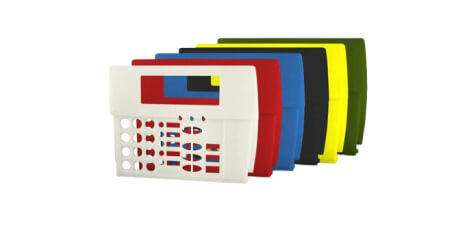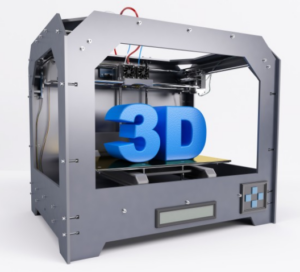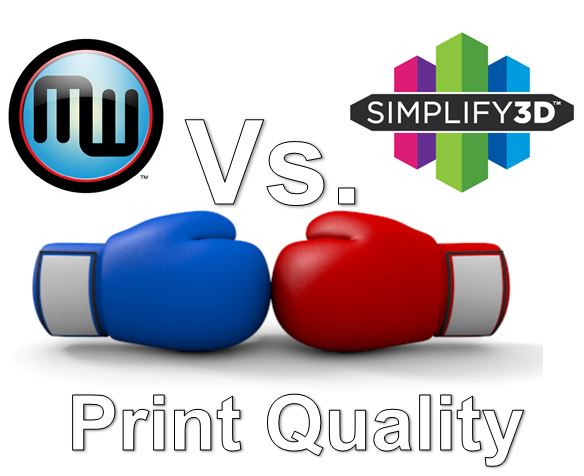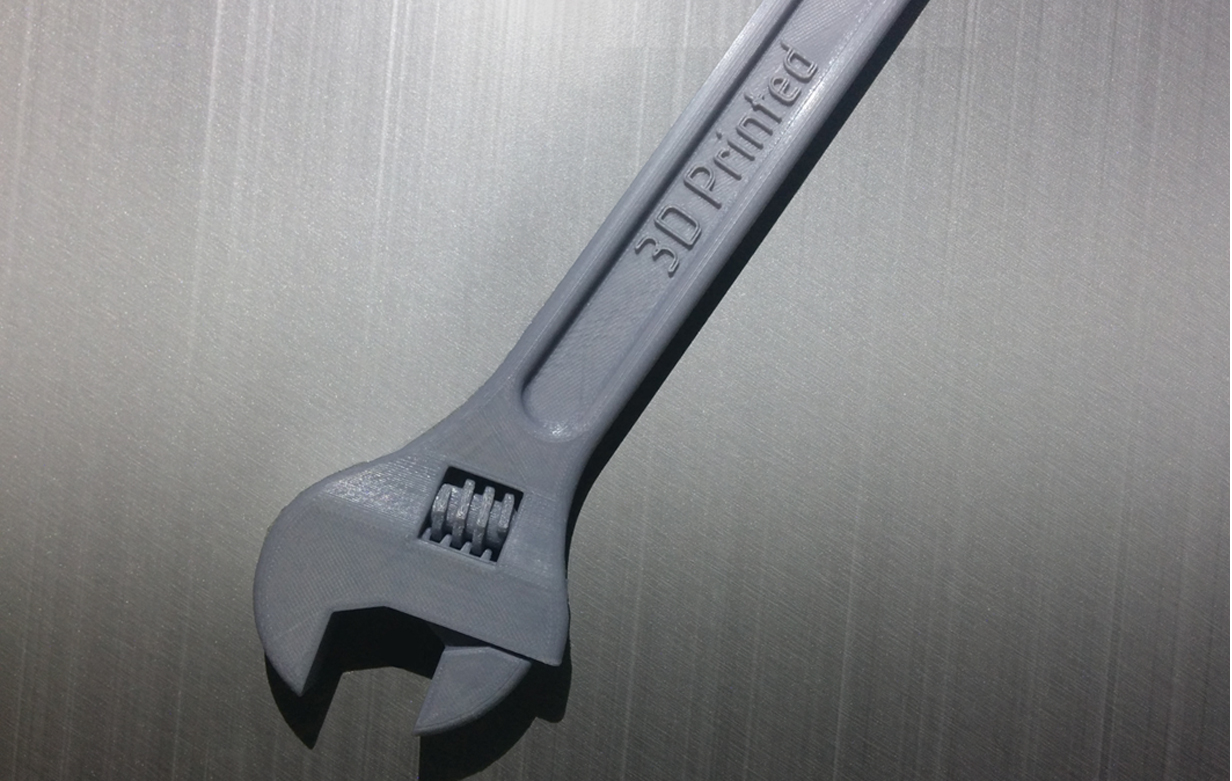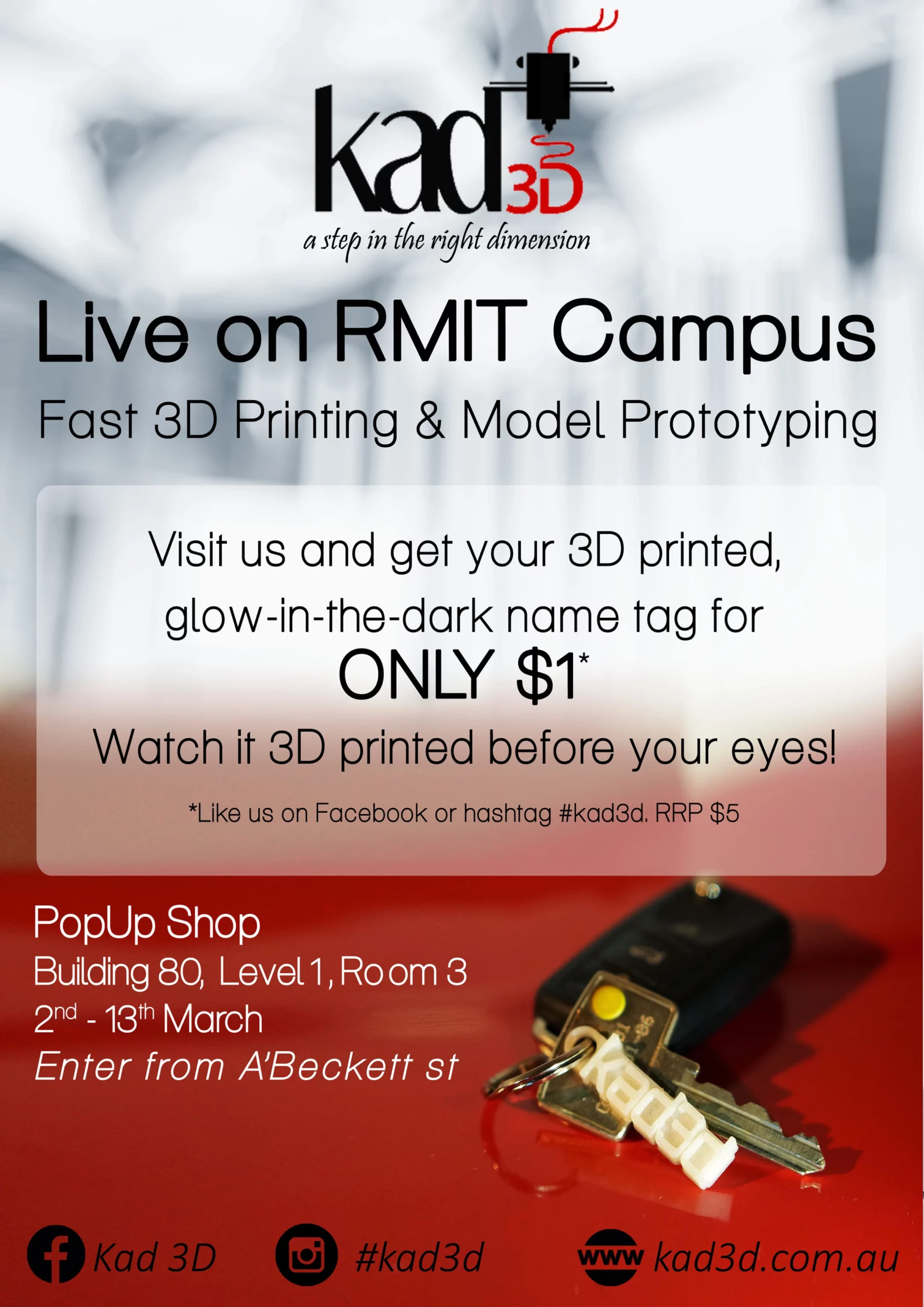Brief Introduction and History
Acrylonitrile Butadiene Styrene (ABS) filament is one of the earliest and most commonly used 3D printing materials. It gained popularity due to its use in Fused Deposition Modeling (FDM) technology. Known for its strength, flexibility, and high-temperature resistance, ABS has been a preferred choice for both hobbyists and professionals. However, in recent years, ABS has become less used over new polymers that are less prone to warping and less toxic to consumers.
Material Composition
ABS is a thermoplastic polymer made from the polymerization of styrene and acrylonitrile in the presence of polybutadiene. The proportions of these substances can vary, which affects the properties of the final product. ABS combines the strength and rigidity of acrylonitrile and styrene polymers with the toughness of polybutadiene rubber.
Uses
- Functional Parts: Ideal for parts that require durability and heat resistance.
- Automotive Components: Used in the automotive industry for parts like dashboards and bumpers.
- Consumer Goods: Common in toys, such as LEGO bricks, and household appliances.
- Prototyping: Widely used for prototyping due to its strength and ease of printing.
- Electronic Housings: Suitable for enclosures for electronic devices due to its insulating properties.
Best Fit Use
ABS filament is best suited for printing durable, heat-resistant parts and functional prototypes.
Example 1
Automotive Components: ABS is extensively used in the automotive industry for creating components like dashboards, interior panels, and various trim parts due to its durability and heat resistance.
Example 2
Lab: Some equipment needs ABS for its chemical resistance properties. For these cases, ABS is required to ensure the plastic doesn’t react with the chemicals used.
Difference Between Basic and Advanced Forms
Standard ABS filament offers a good balance of strength, flexibility, and temperature resistance. Advanced forms may include additives for UV resistance, flame retardancy, or to enhance mechanical properties like impact resistance.
Benefits
- High strength and durability.
- Good heat resistance.
- Suitable for detailed printing.
- Relatively inexpensive.
Drawbacks
- Prone to warping and requires a heated bed for printing.
- Emits fumes during printing, requiring good ventilation.
- Not biodegradable.
- Alternative filaments like PETG and ASA more suitable than ABS
Overall Rating for Daily Use
- Hobbyists: 2/5 (Great for a wide range of projects, but requires careful handling due to warping and fumes).
- Professionals: 4.5/5 (Valuable for industrial applications due to its mechanical properties).
Future Developments
Future developments in ABS filament are likely to focus on reducing its tendency to warp, improving its environmental friendliness, and enhancing its mechanical properties. Biodegradable alternatives and composites with improved characteristics are areas of ongoing research.
